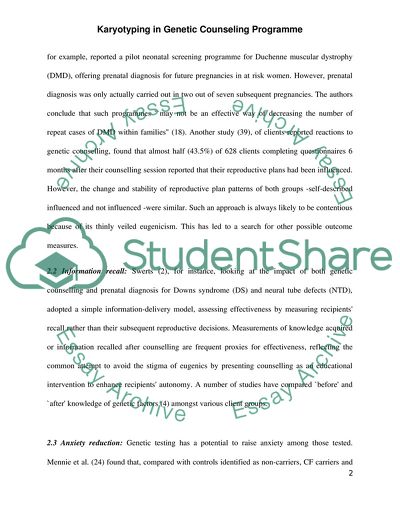Cite this document
(Importance of the Genetics Counselling Term Paper, n.d.)
Importance of the Genetics Counselling Term Paper. Retrieved from https://studentshare.org/medical-science/1710430-discuss-the-use-of-karyotype-analysis-in-genetics-counseling-programm
Importance of the Genetics Counselling Term Paper. Retrieved from https://studentshare.org/medical-science/1710430-discuss-the-use-of-karyotype-analysis-in-genetics-counseling-programm
(Importance of the Genetics Counselling Term Paper)
Importance of the Genetics Counselling Term Paper. https://studentshare.org/medical-science/1710430-discuss-the-use-of-karyotype-analysis-in-genetics-counseling-programm.
Importance of the Genetics Counselling Term Paper. https://studentshare.org/medical-science/1710430-discuss-the-use-of-karyotype-analysis-in-genetics-counseling-programm.
“Importance of the Genetics Counselling Term Paper”, n.d. https://studentshare.org/medical-science/1710430-discuss-the-use-of-karyotype-analysis-in-genetics-counseling-programm.


